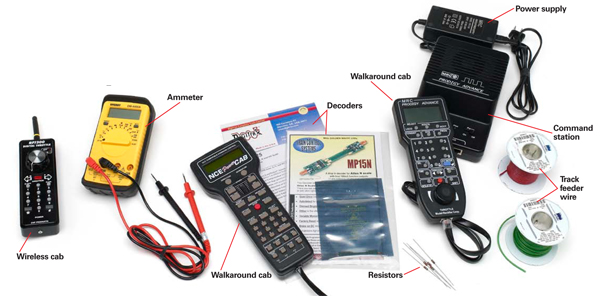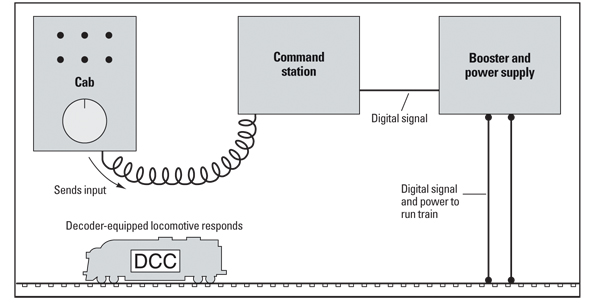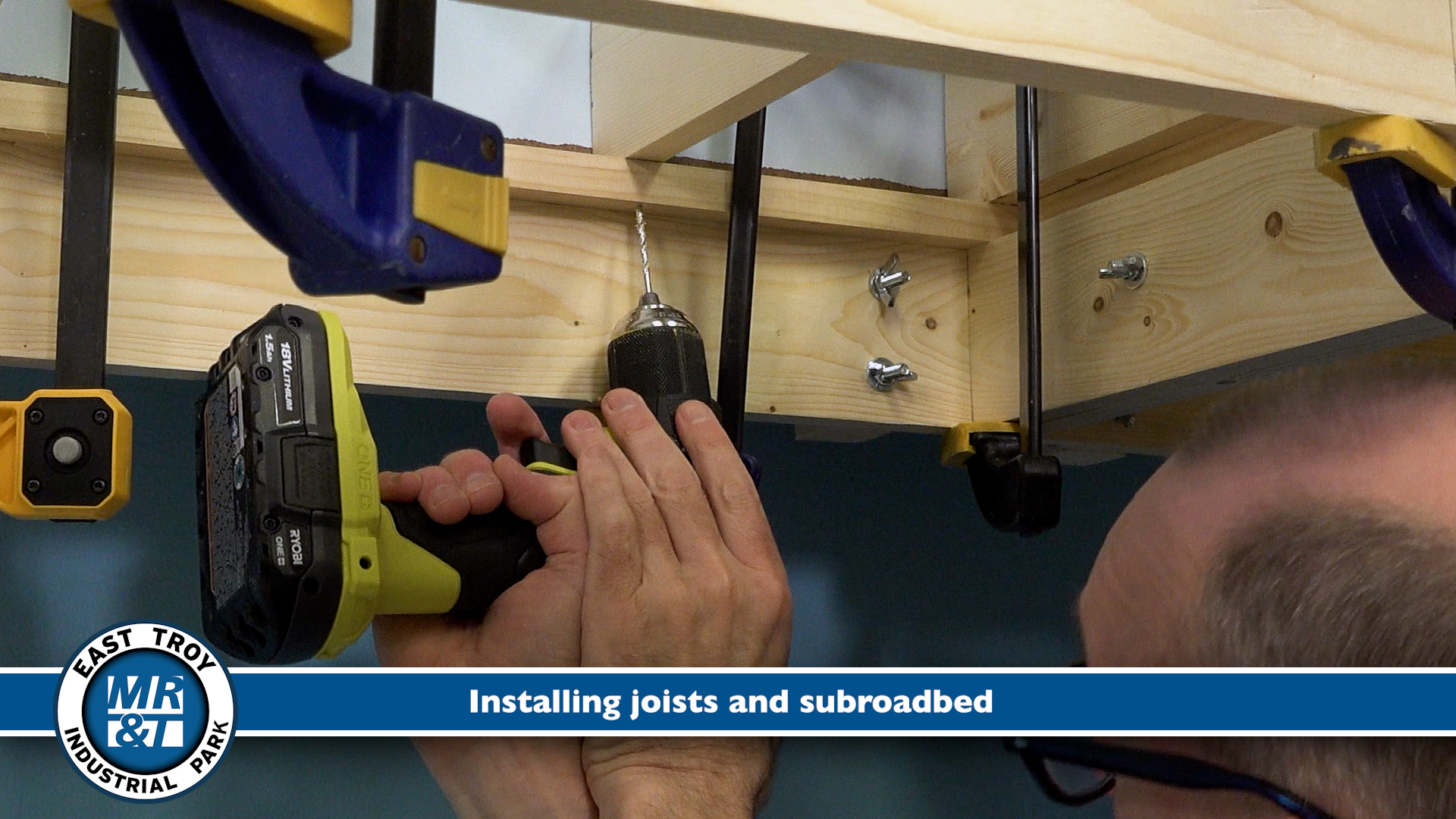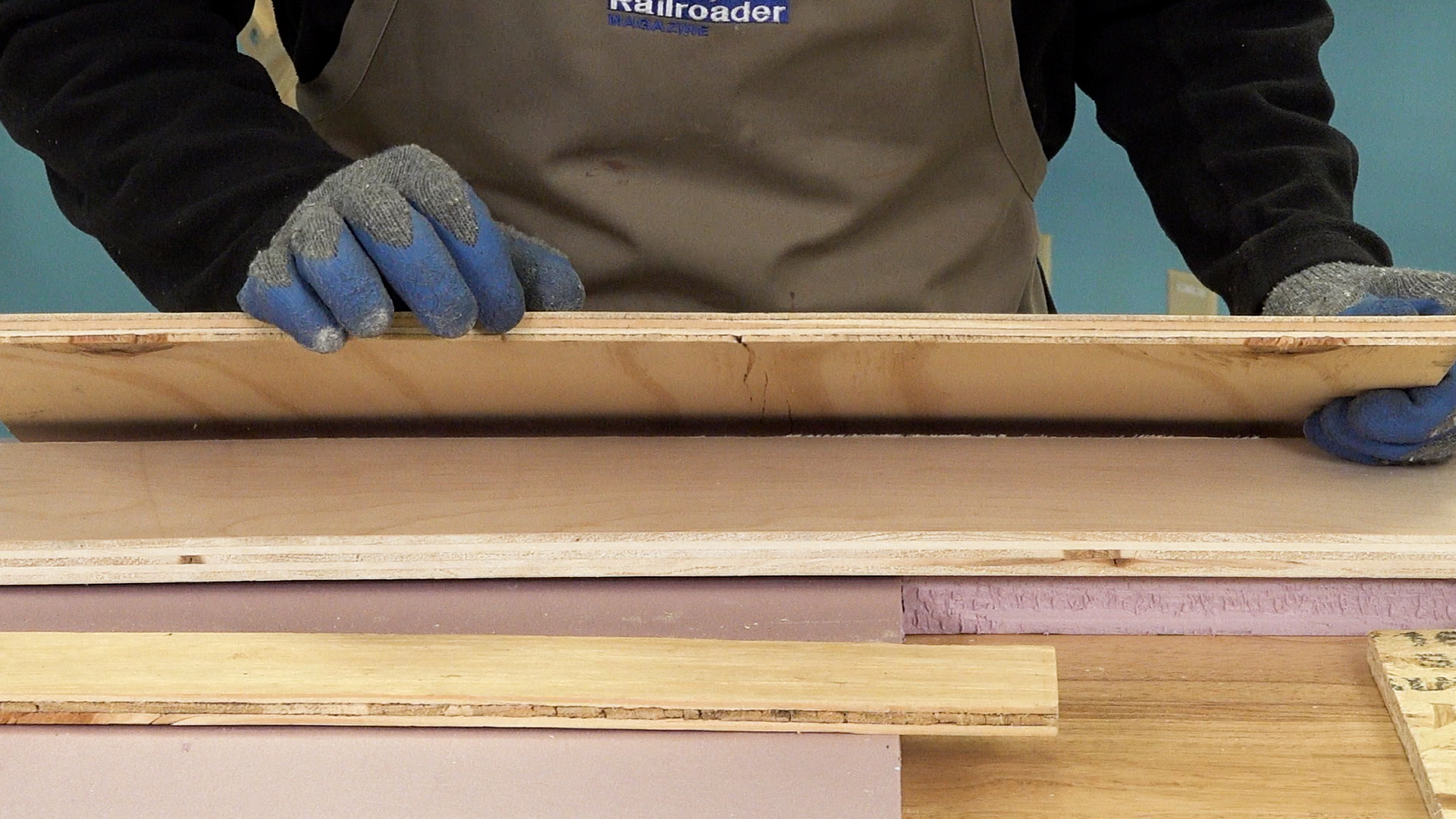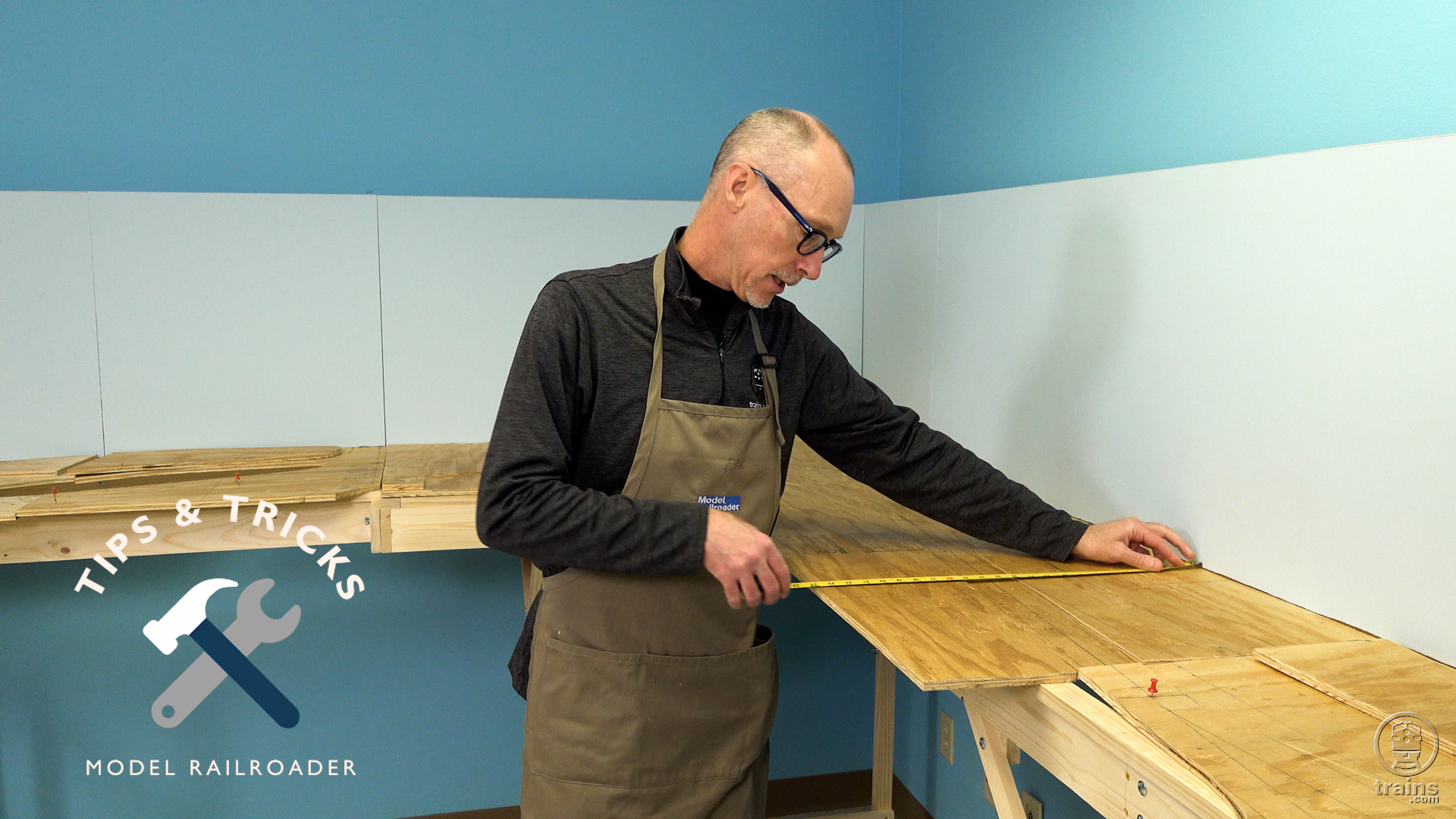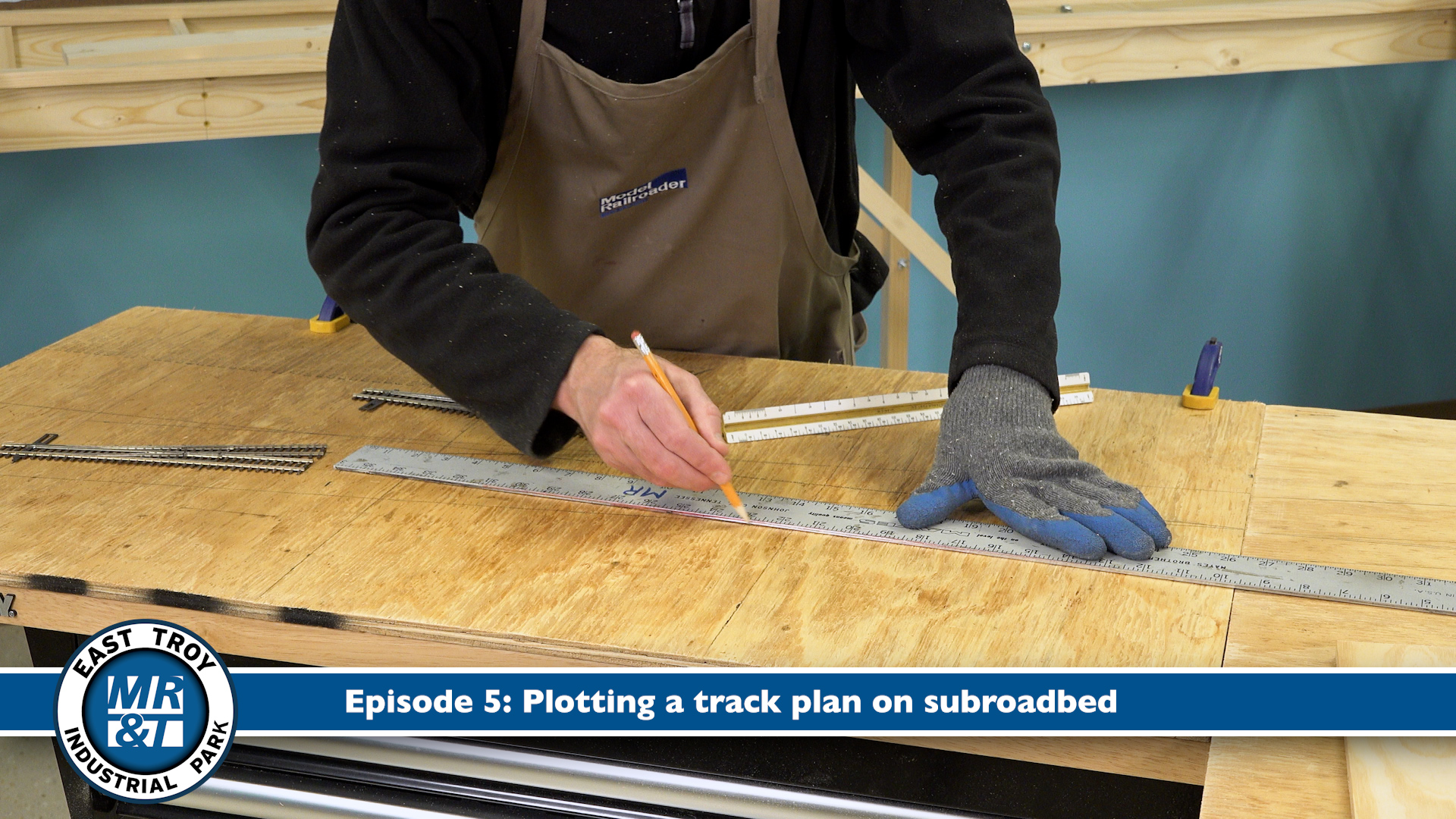I’ve divided the terminology into five categories. Items listed in italic type are cross referenced.
Systems
Block: An electrically isolated section of track. This term is most often used in wiring DC layouts. On model railroads with DCC, it can be used for signaling or power districts.
Booster: A DCC booster is connected to the track. It “boosts” the DCC signal from a command station to an electrical level (voltage and current) able to power locomotives and lineside accessories. Most systems accommodate multiple boosters to supply additional current needed for larger layouts.
Cab (or throttle): An operator uses a cab to control locomotives and wayside accessories. It’s often a handheld walkaround style, but it can also be combined with other components and operated as a fixed cab.
Cab address: Some DCC systems require that cabs plugged into a have a unique identifier, called a cab address.
Cab bus: A cable run around the layout into which tethered cabs or other devices are plugged.
Command control: A method for controlling multiple trains on a single track. It can be analog but is most often digital.
Command station: The brains of a DCC system. It takes commands from various cabs and converts them to DCC packets to be increased by a booster. It can also keep track of consists and macros.
Control bus: A separate cable that runs between the command station and all the boosters. Some systems combine the control bus with the cab bus.
Digital Command Control (DCC): A command control system that uses the National Model Railroad Association (NMRA) standard digital packets to communicate through the track to a decoder.
Fixed cab: A cab integrated into another DCC system component, usually a command station.
Occupancy detection: Used to determine if locomotives or cars occupy a section of track. There are a number of ways to do this, including several specialized DCC products.
Packet: A series of bits used to create a standard DCC command.
Power district: An electrically isolated section of track controlled by its own DCC booster. Sometimes sections isolated by DCC circuit breakers are referred to as power districts.
Track bus (or power bus): Two or more heavy gauge wires carrying power from the boosters to the track. It can also be used to power accessory decoders or layout lighting.
Walkaround cab. A tethered DCC cab. An operator can follow a train around the layout by plugging in the cab at various panels along the layout that are connected to the cab bus.
Wireless cab: A handheld cab that uses either radio or infrared light to communicate to the command station.
Decoders
Accessory (stationary) decoder: A specialized type of decoder that’s generally used to control lineside accessories such as turnouts, lighting, animation, and signals.
Address: Every decoder requires a unique identifier called an address. In the case of a mobile decoder, there are two different kinds of addresses – a short address (sometimes referred to as a two-digit address) and a long address (sometimes referred to as a four-digit address). Only one address can be active in a single decoder at a time.
Decoder: A small computer that responds to DCC packets. Mobile decoders, also known as locomotive decoders, are installed in locomotives and can control the motor, lighting, and sound effects. Accessory (stationary) decoders are installed on the layout to control turnouts, lighting, animation, and signals.
Function buttons: Buttons on a DCC cab that are used to control the decoder’s actions. They’re generally referred to as F0, F1, F2, etc.
Function mapping: The method of assigning which button controls which function output or sound effect. This is done by programming configuration variables (CVs) in a decoder.
Function outputs: Wires on a decoder that power decoder lighting or other accessories.
Building locomotive consists
Consist: Two or more locomotives operated as one unit. There are several ways to accomplish this. All the locomotives can be programmed to the same locomotive address, or the command station can be programmed to send individual packets to each locomotive from one cab command. Advanced consisting uses a special decoder CV temporally programmed to a consist address. In advanced consisting, the command station sends out one packet and all the locomotives programmed to that consist respond.
Speed matching: A method of customizing a locomotive’s performance so that models from different manufacturers will operate smoothly together. This is accomplished through CVs.
Programming
Configuration variables (CVs): Memory locations in a DCC decoder that customize its performance. In some systems, DCC cabs program them. Many systems allow for computer programming, too. Configuration variables remain programmed even if power is removed. Some decoders can be programmed only on a programming track; others allow operations mode programming.
Momentum: A way of simulating prototype train performance by slowing the locomotive’s rate of speed change. It’s controlled by CVs in the decoder.
Operations mode programming: A method of programming CVs on the main line of a layout. Sometimes this is called programming on the main. Not all decoders or DCC systems support operations mode programming.
Macro: A set of DCC commands that trigger a sequence of decoder functions or several decoders simultaneously.
Programming track: An isolated section of track that’s connected to the programming terminals of a DCC system. It’s used to program CVs of a decoder. Unlike operations mode programming, all decoders on the programming track get programmed at the same time. This is usually not desirable. Most of the time, CVs can also be read back while the decoder is on the programming track. Certain accessory decoders can’t be programmed on a programming track.
Speed step: A setting on a DCC cab that controls the speed of a locomotive. There are 14, 28, or 128 speed steps in a DCC system. Most systems allow either 28 or 128 speed steps.
Speed table: A set of CVs used to control the speed of a locomotive’s motor at each speed step.
Electrical tools and terms
Alternating Current (AC): Electrical current that regularly reverses directions. The DCC signal to the track is considered alternating current; however, it isn’t like household AC power and may be difficult to accurately measure with conventional meters.
Ammeter: A device to measure electrical current. It must be placed in series with the circuit to make a measurement. In DCC, it can be used to measure the current draw of a locomotive to help determine what decoder to install.
Ampere or amp (A): A unit of measurement for electrical current. Digital Command Control boosters are often rated by the number of amps they can supply to the track. The more amps they can supply, the more engines and accessories they can power simultaneously.
Automatic reversing (or auto reverser): A specialized DCC circuit that automatically reverses track polarity when it senses a short circuit. These are often used for wiring reversing loops, wyes, and turntables. Auto reversers can be built into boosters or circuit breakers.
Bit: The smallest unit of digital data, with a value of 1 or 0.
Byte: Eight bits.
Circuit: A path for electrical current. Most devices are connected to a circuit in parallel, series, or a combination of both.
Circuit breaker: A specialized circuit that shuts down power to a section of track if there is an electrical short.
Direct current (DC): A type of electrical current that flows only in one direction.
Power supply: A circuit that converts household AC into low-voltage DC to power a DCC system or accessory.
Pulse width modulation (PWM): How DCC decoders control a locomotive’s motor speed. A series of full voltage pulses are sent to the motor. The longer in time the pulses are (the width), the faster the motor spins. Another form of PWM is used in a DCC packet to differentiate between a 1 bit and a 0 bit.
Rectifier: An electrical device made from one or more diodes that converts AC into DC.
Resistor: An electrical device that resists the flow of current. In DCC, it’s commonly used when installing lighting in a locomotive. It either drops the voltage of a function output to match the requirements of light bulbs or limits the current of a function output when using light-emitting diodes.
Track feeders: Small gauge wires between the track bus and the rails.
Transformer: A component that increases or decreases the voltage in an AC circuit. It can also be used to isolate one circuit from another. In DCC, transformers are generally used to power DCC systems that use an AC input.
Volt: A unit of electrical pressure. A wall outlet in the United States is usually about 110 volts. An HO DC locomotive operates between 0 and 18V. The nominal voltage for a DCC system operating an HO layout is 14 volts.






